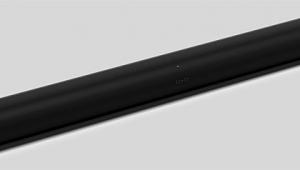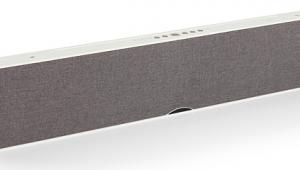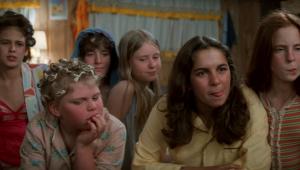Klipsch R-10B Soundbar System Review Page 2
The benefit of the 3D Surround mode was most apparent in Noah, an engagingly effects-laden retelling of the Old Testament chronicle. In scenes with active insect or creature noises, the 3D mode uncovered a whole layer of effects that otherwise would have been inaudible, given the bar’s observable rolloff. Of course, when the Flood came, the system was no match for the demands of fierce low-bass effects. But I don’t expect a soundbar with 3-inch woofers and an 8-inch sub to muster an apocalypse. Nevertheless, my respect for the bar’s storytelling abilities began to grow.
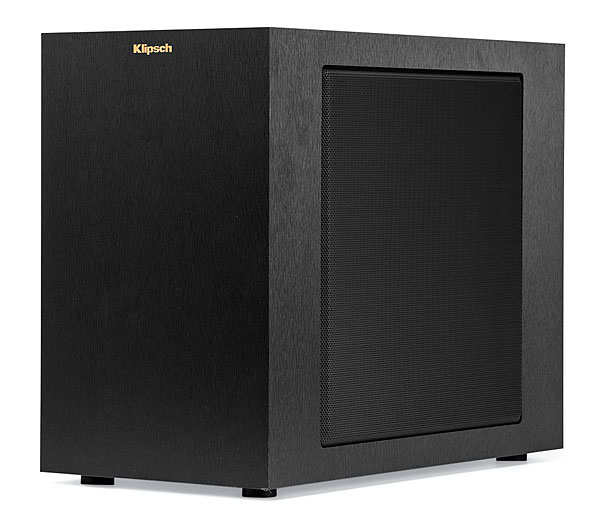
Reasonable Doubt, with Dominic Cooper and the always intense Samuel L. Jackson, is a suspense tale about a man with a guilty secret and the criminal who exploits him. Vocal intelligibility was very good, with or without 3D engaged. However, the bar sounded better without 3D in scenes with more aggressive levels and effects, such as a car chase with nervous violins.
The animated Rio 2 reprises the environmentally conscious story of the macaws Blu and Jewel (voiced by Jesse Eisenberg and Anne Hathaway), now threatened by loggers in the Amazon. With a soundtrack that includes performances by Janelle Monáe and Wondaland, this was the first demo that featured bass-guitar lines, and I was able to dial in the sub somewhat better than in the other movie demos. I also used the 3D mode for longer periods and was getting used to it; truly, it’s a rare event for me to make use of fake surround modes built into soundbars.
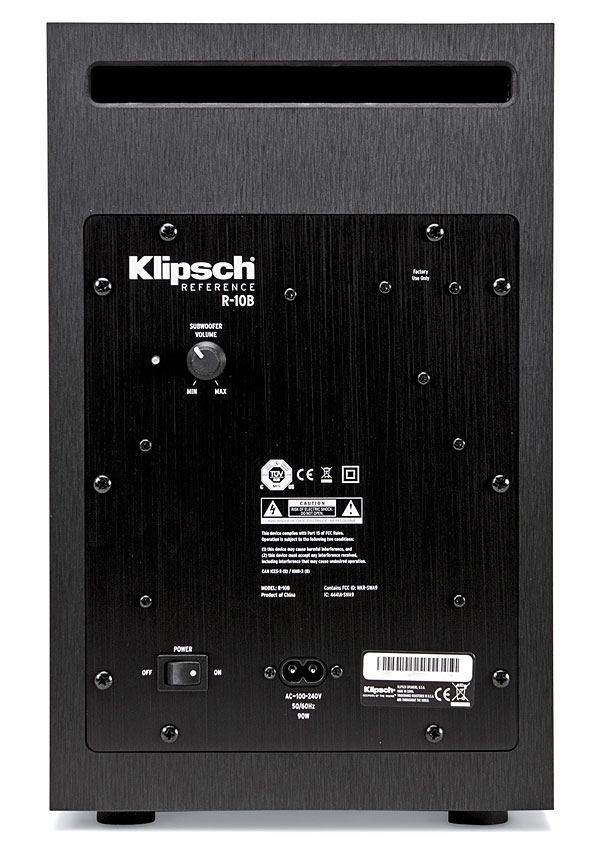
Tunes in Dolby Digital
Without a doubt, the R-10B was at its best with Return to Forever’s Live at Montreux 2008 (BD, Dolby Digital 5.1 converted to 2.1). Chick Corea’s electric keyboards can sound uncomfortably bright through the wrong playback equipment—but this was the right equipment, and they sparkled. When the band switched to acoustic piano, guitar, and bass halfway through the set, the sparkle continued. It was briefly marred when I tried the 3D mode during Corea’s ingenious piano solo; the processing turned his Yamaha grand into a dry clatter. Most extraordinary, musically or otherwise, was Stanley Clarke’s string bass solo, which culminated in Pete Townshend-style windmill strumming. Somehow this strong and tonally varied bass content inspired the sub’s best moments. No, it didn’t have the force of a “real” sub (that is, one more potent and likely more expensive than this entire system), but it did have enough bass extension and evenness of pitch to summon some of the instrument’s tone color and the player’s muscularity. Retailers who use this disc as demo material might sell a lot of these bars.
A performance of Mozart’s Piano Concerto No. 17 by Leonard Bernstein and the Vienna Philharmonic, with the silver-maned conductor at the keyboard, came in a five-DVD box set that also includes works by Brahms, Franck, and Milhaud, as well as the ninth symphonies of both Beethoven and Bruckner. I used the Dolby Digital 5.1 soundtrack converted to 2.1. I listened to three seconds of the orchestra in the 3D mode, and that was more than enough. With movies, I could get used to it, but with a world-famous string section, it was excruciating. With the 3D processing turned off, however, the bar was able—much to my surprise—to summon up the brief, tight decay of the Vienna Musikverein, one of the world’s smaller orchestra-size concert halls.
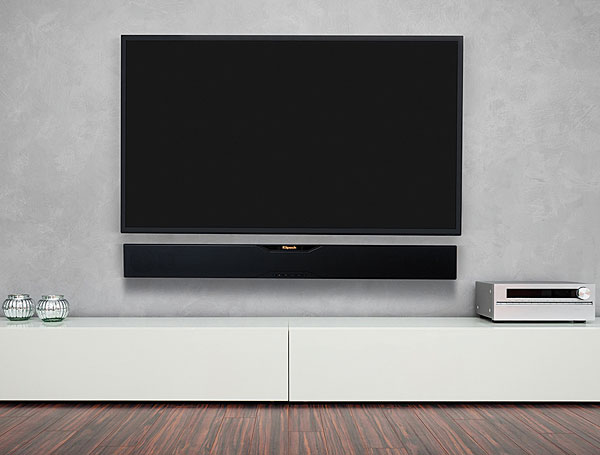
The four-DVD box set of Live 8 provided Pink Floyd’s 2005 reunion and final appearance with all four members (excluding Syd Barrett). I chose the Dolby Digital 2.0 soundtrack, from which the bar extracted the sub signal. Switching on the 3D mode to listen to the crowd noise, including the sing-along on “Wish You Were Here,” I had a eureka moment: The mode’s coloration activates a cupped-hands effect in the bar. Well-designed horn-loaded loudspeakers—including many Klipsch models—are tweaked to avoid this, but the 3D mode’s pseudo-surround fakery and top-end exaggeration made it return. Still, once again, the bar by itself sounded excellent without processing, and I was able to play this well-recorded live material at a satisfying volume. The sub surprised me once more as well, this time with the bass line of “Money.” It needed to be dialed in a little more, so I crossed the room to adjust the sub’s volume control. As I bent over, the bar was blasting inches away from my ears, yet I experienced no discomfort; that’s how sweet and mellow this bar is.
The Klipsch R-10B is a great-sounding bar with a good-sounding sub—bearing in mind that most soundbars’ subs range somewhere from mediocre to wretched. The feature set and ergonomics for the R-10B, meanwhile, are just average, though there are no particular deal-breakers there. You’ll find some decent competition at lower prices, including the Pioneer SP-SB23W ($399), and a couple of Vizio models for even less. But I spent many happy moments with the Klipsch’s horn-loaded drivers, and they may please your ears as well. In the final analysis, it’s the quality of the bar that’s paramount, and Klipsch has really delivered. It may be made of plastic, but sonically, this one’s a beauty.
- Log in or register to post comments














